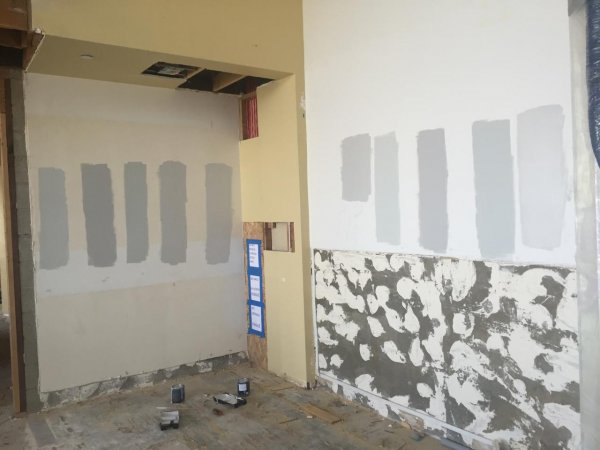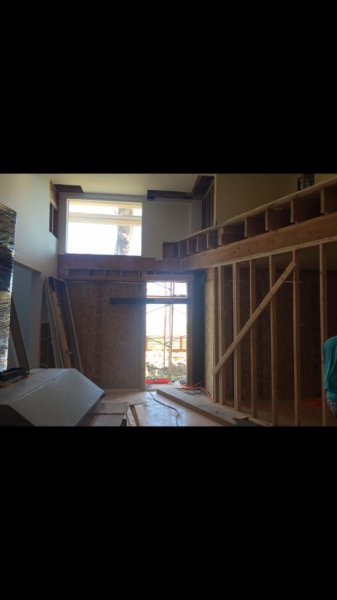EUREKA!
I can plan and theorize all I want, but I have to wait for Bonnie to take acoustic measurements of the clean, empty, dry-walled room.
But I just realised something: I can achieve my objective of creating "the contour of a rectangle to delineate visually the four 'walls' of a room" by wrapping only the rear third of the room -- covering only the opening to the kitchen on the left side and the opening to the equipment room on the right side and the glass rear wall -- with moveable curtains, and leaving, if the acoustic measurements call for it, the front 2/3 of room free of curtains. I just realized there is no reason to wrap the entire length of the left side and the right side of the room in curtains.
PS: I hold the view that, IF you can pull dipole speakers far enough into the room so that the reflected backwave is delayed the right amount of time, then acoustic treatment on the front wall is not necessary or even desirable (in this view you want a clean, uniform, untreated front wall to achieve an unadulterated backwave reflection off of the front wall). This is why I anticipate no acoustic treatment of any kind on the front wall (except towers of ASC Tube Traps in the corners and maybe a tower of Tube Traps on the front wall centered between the speakers).



